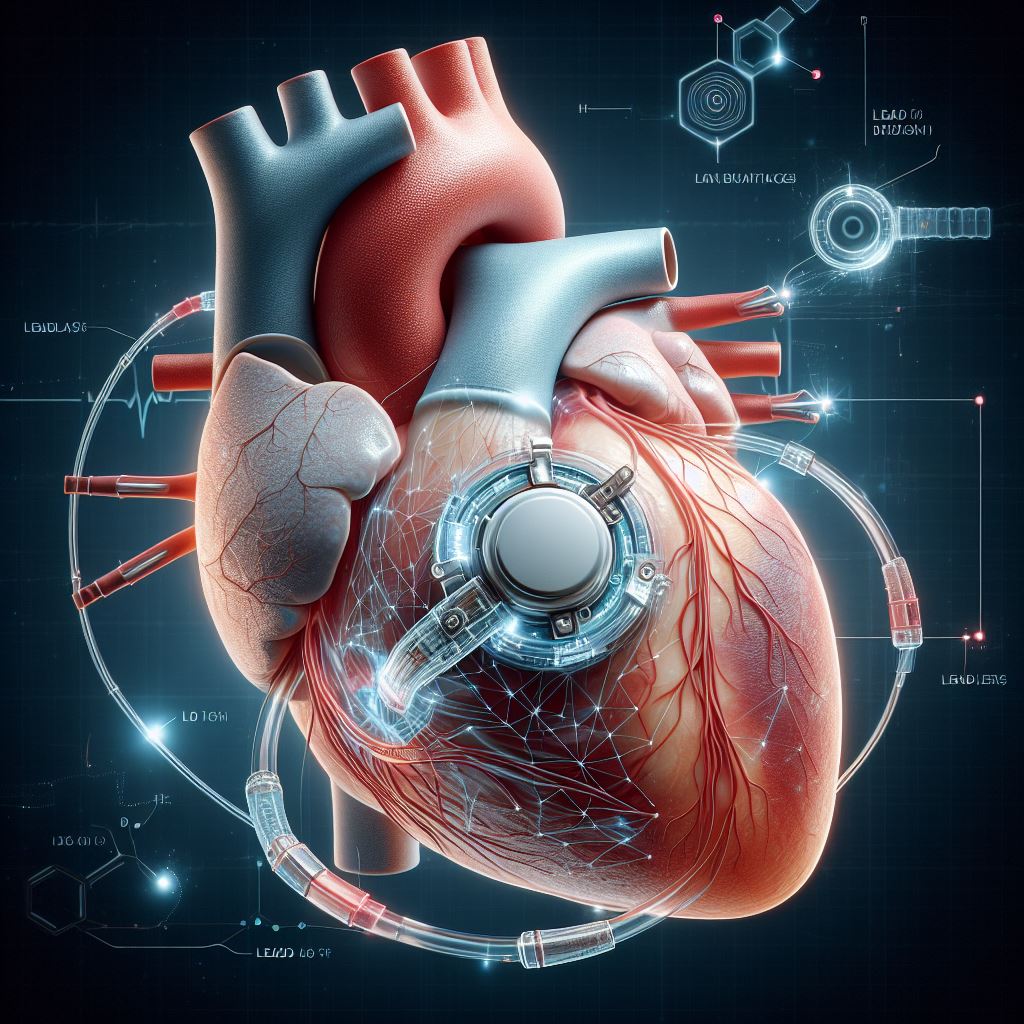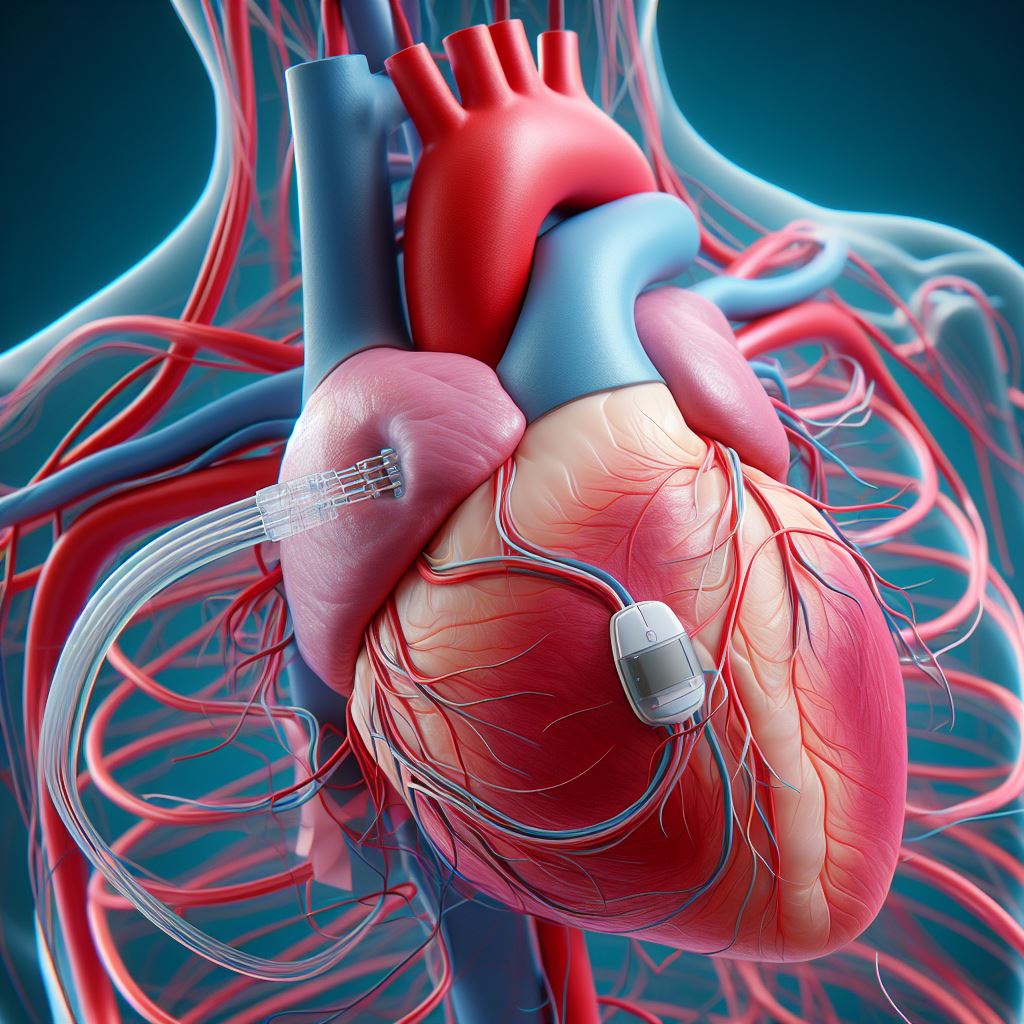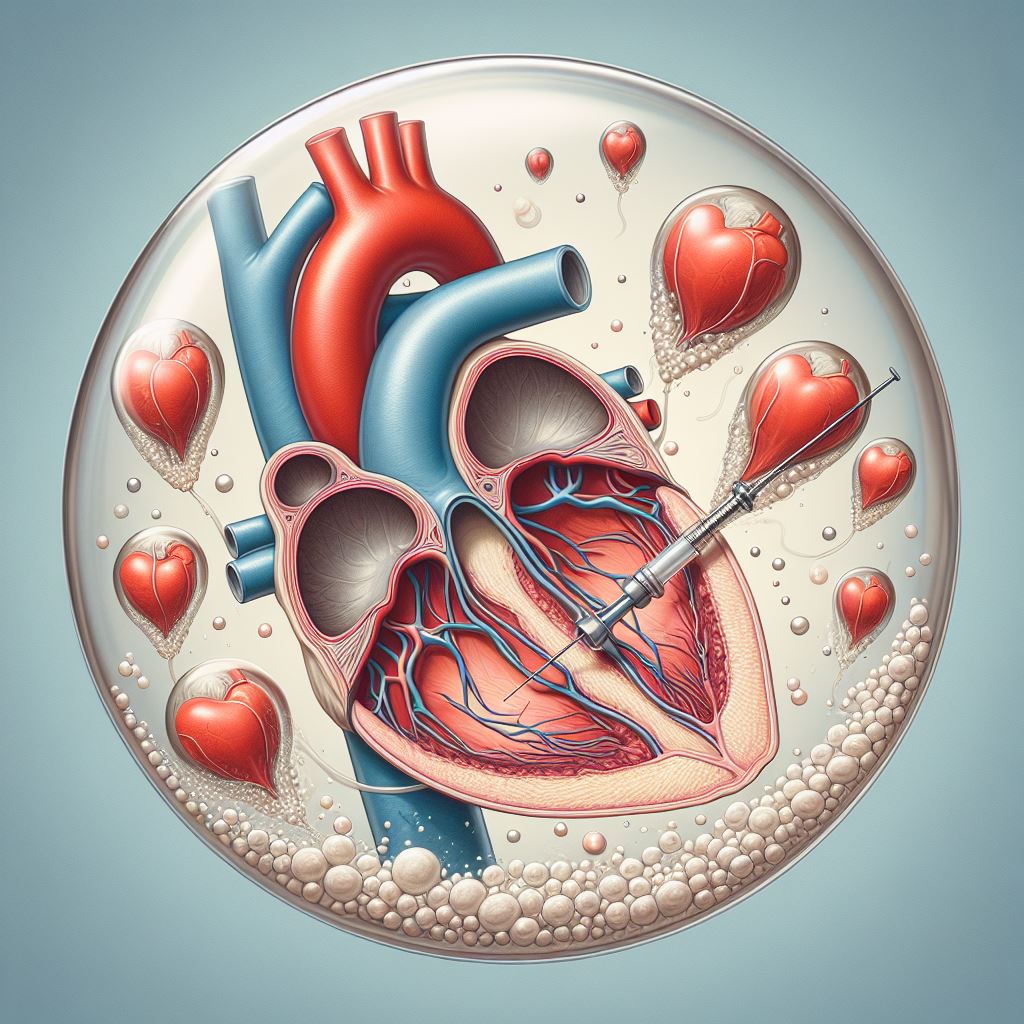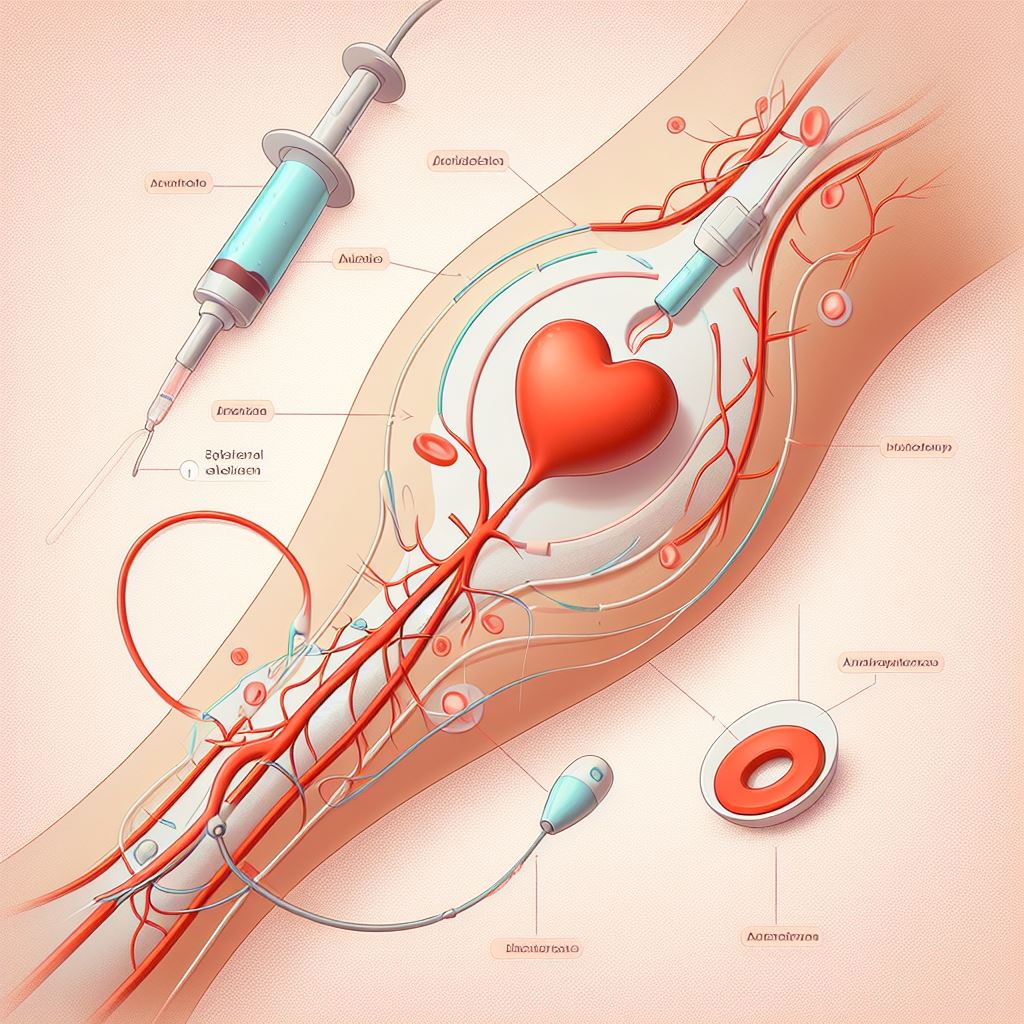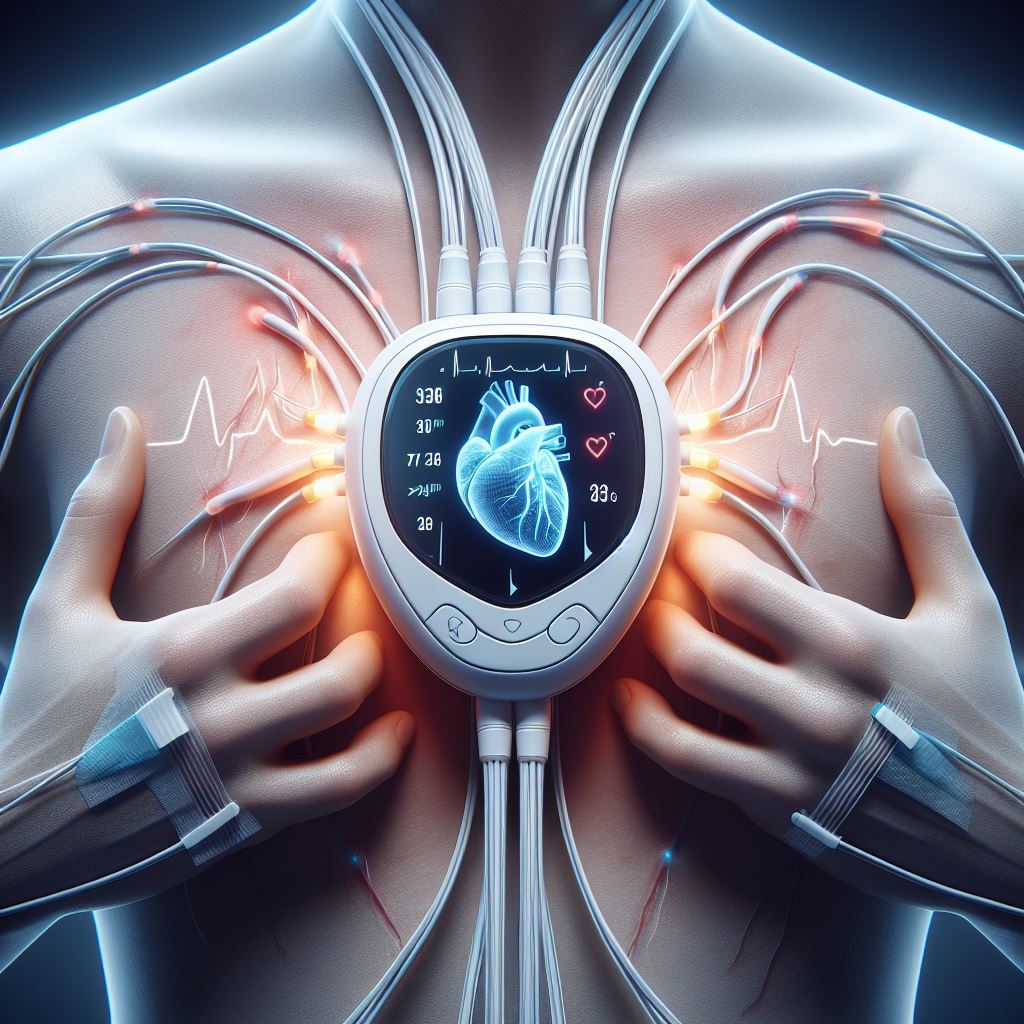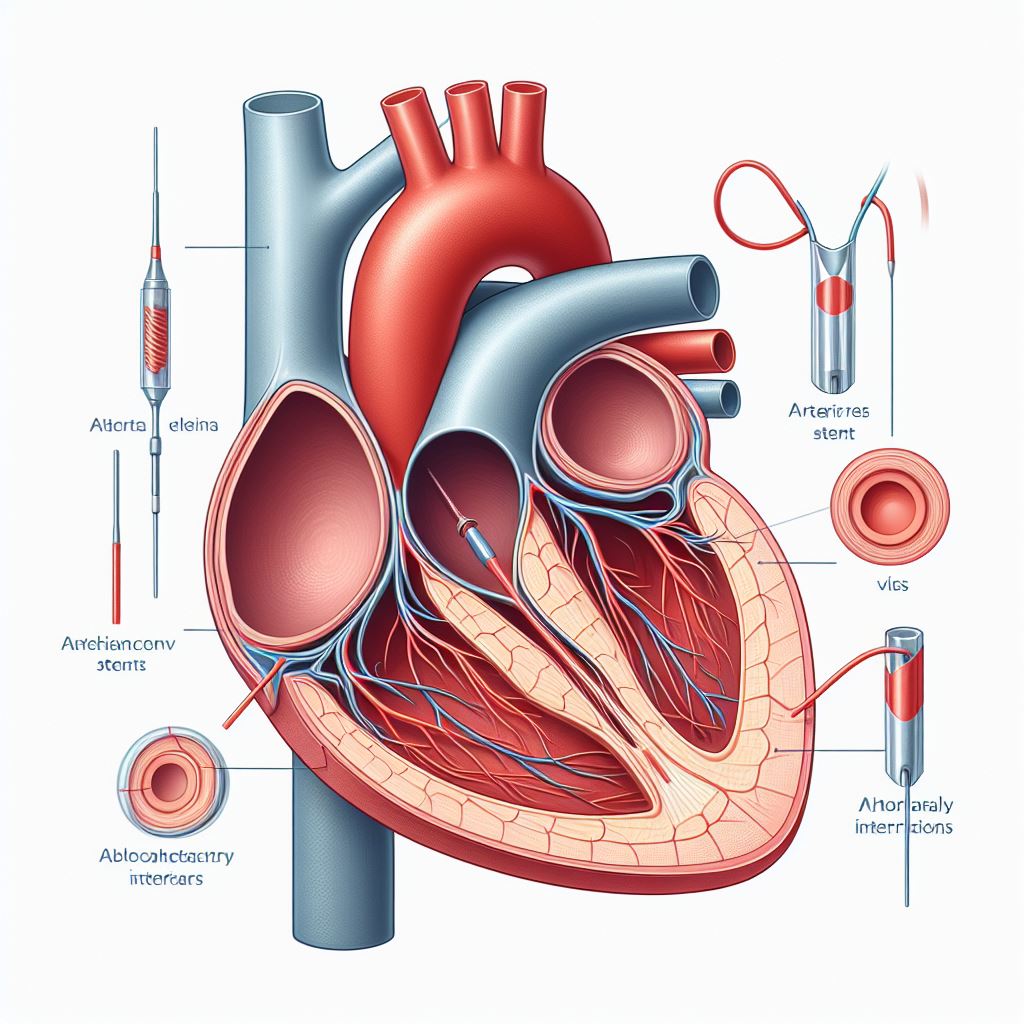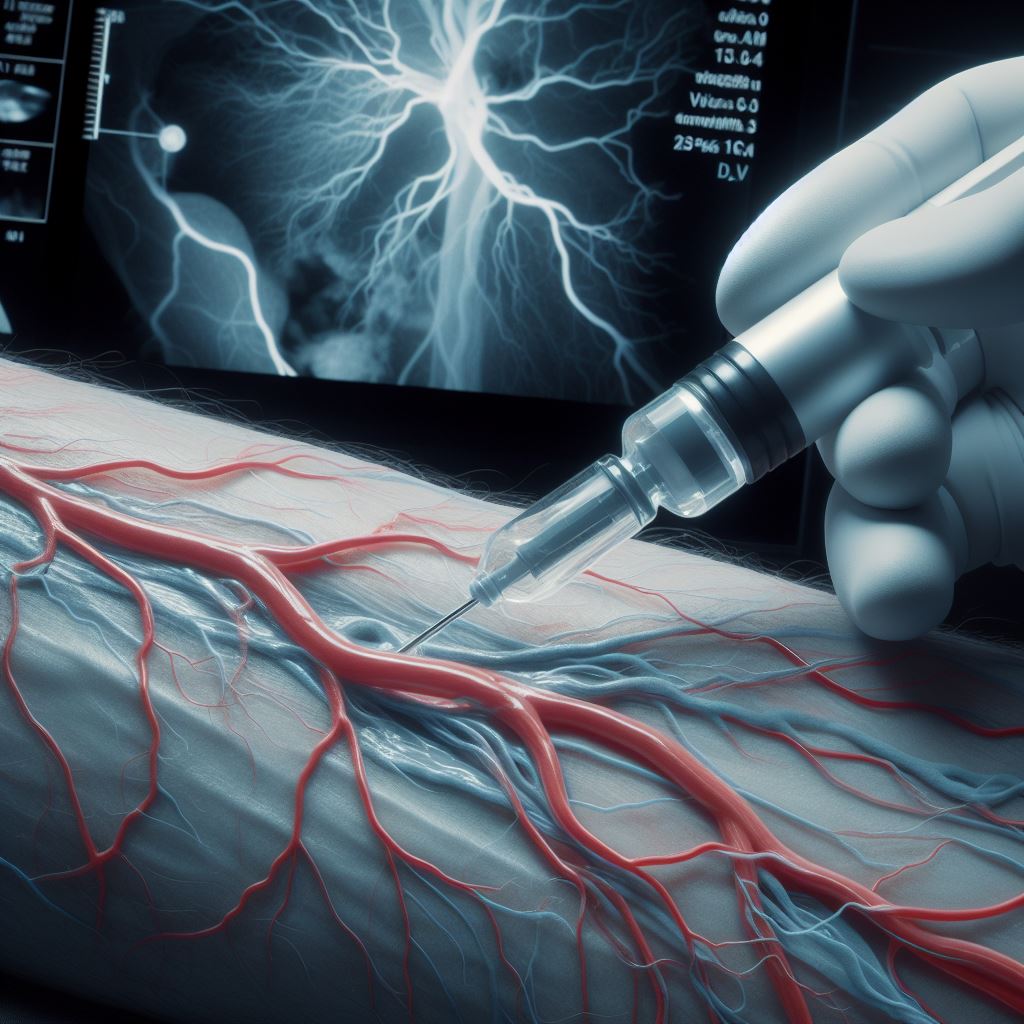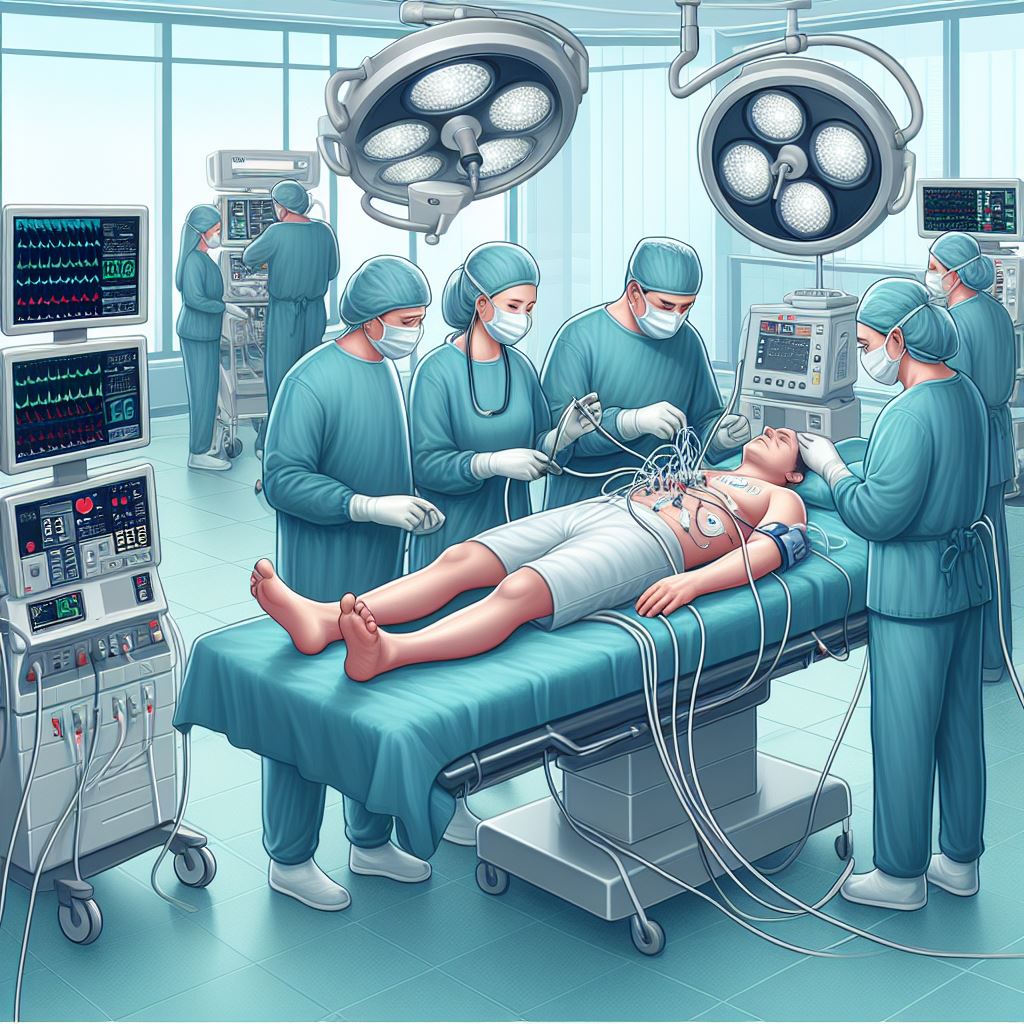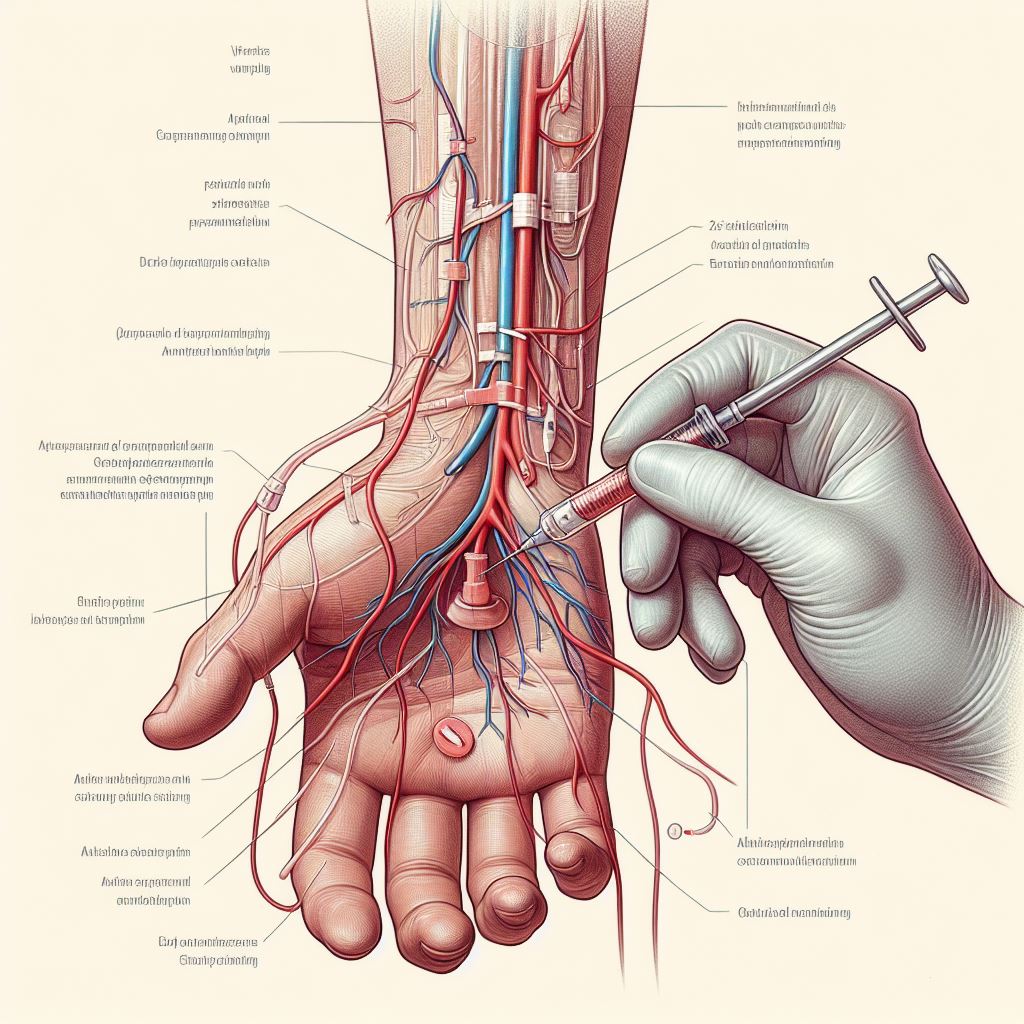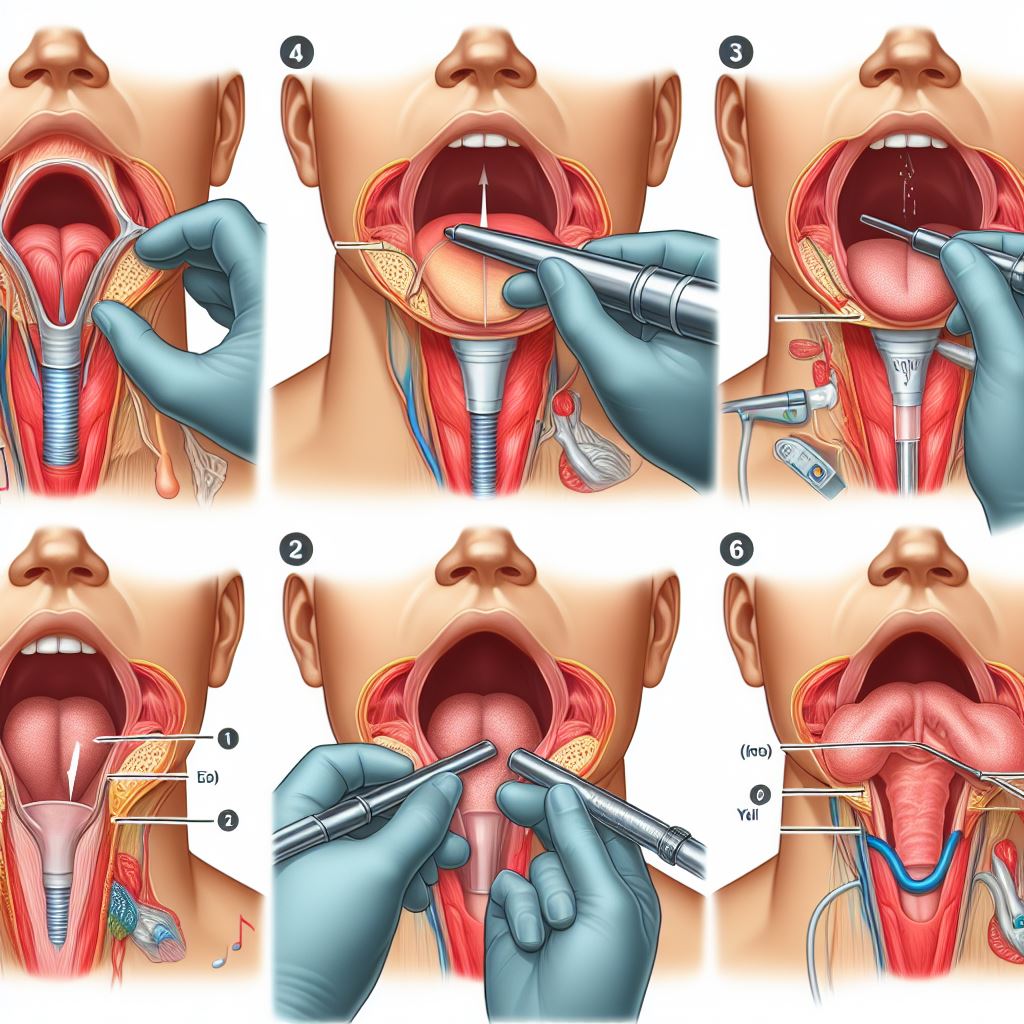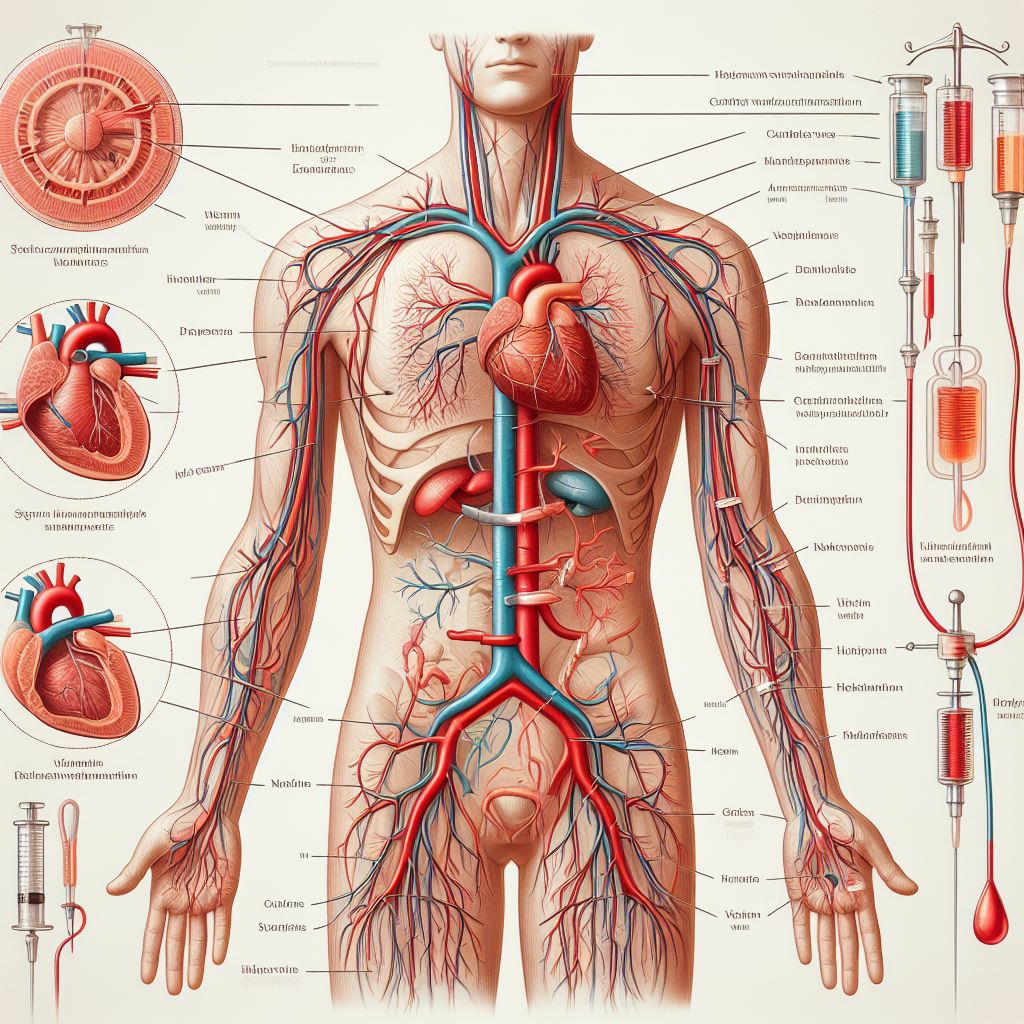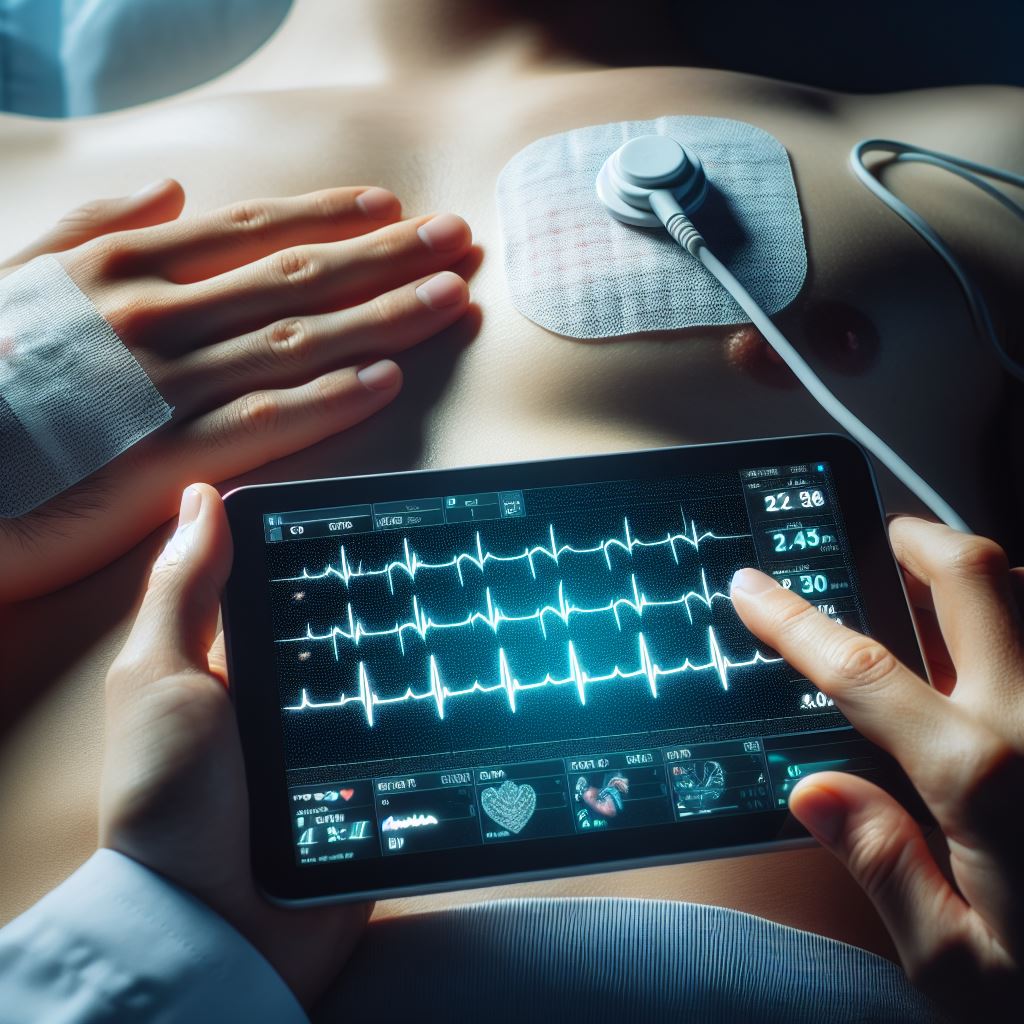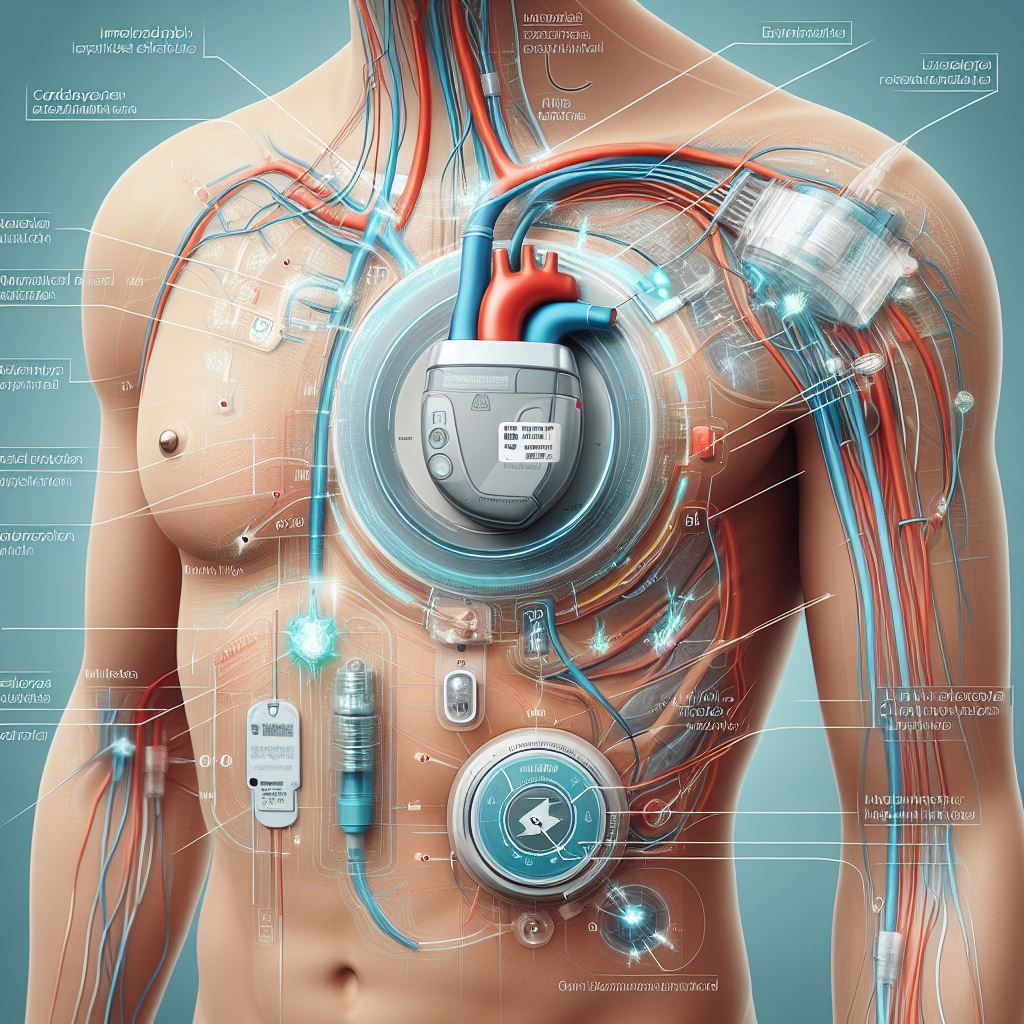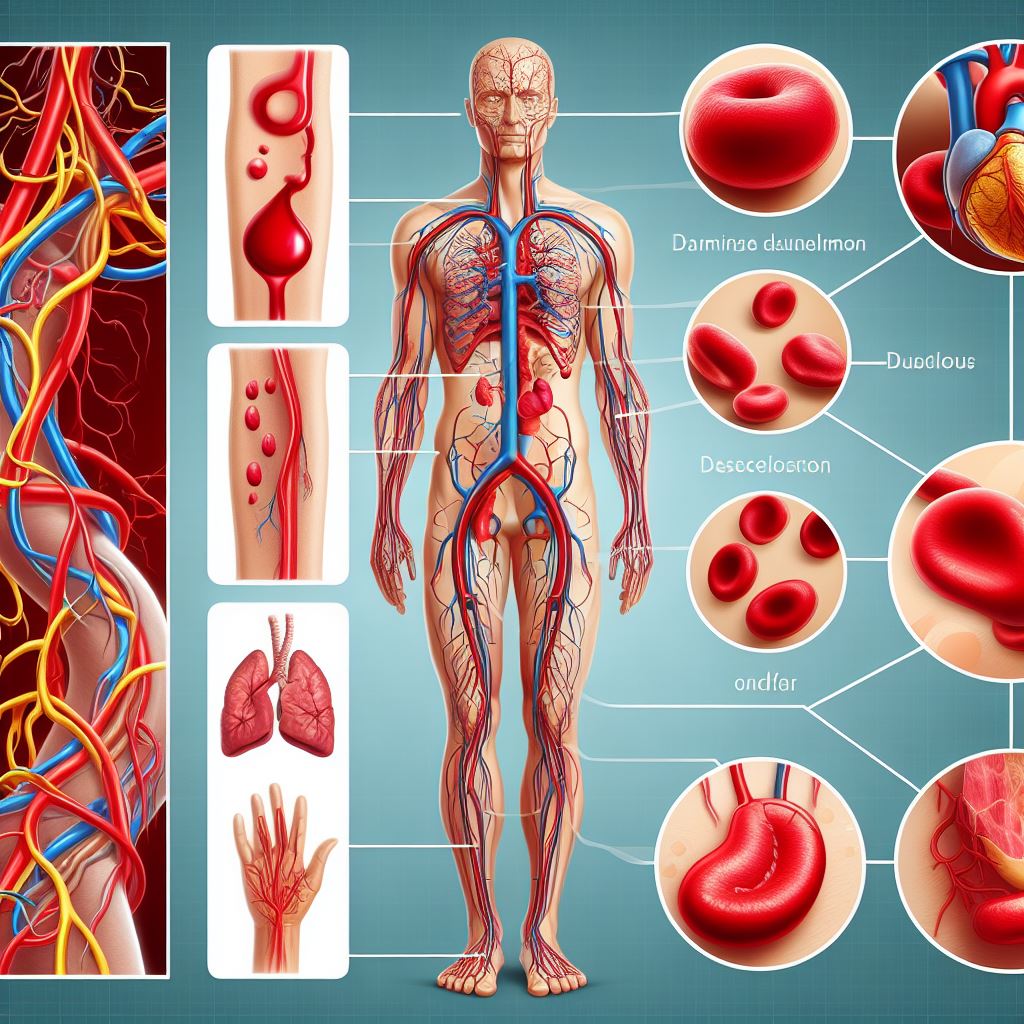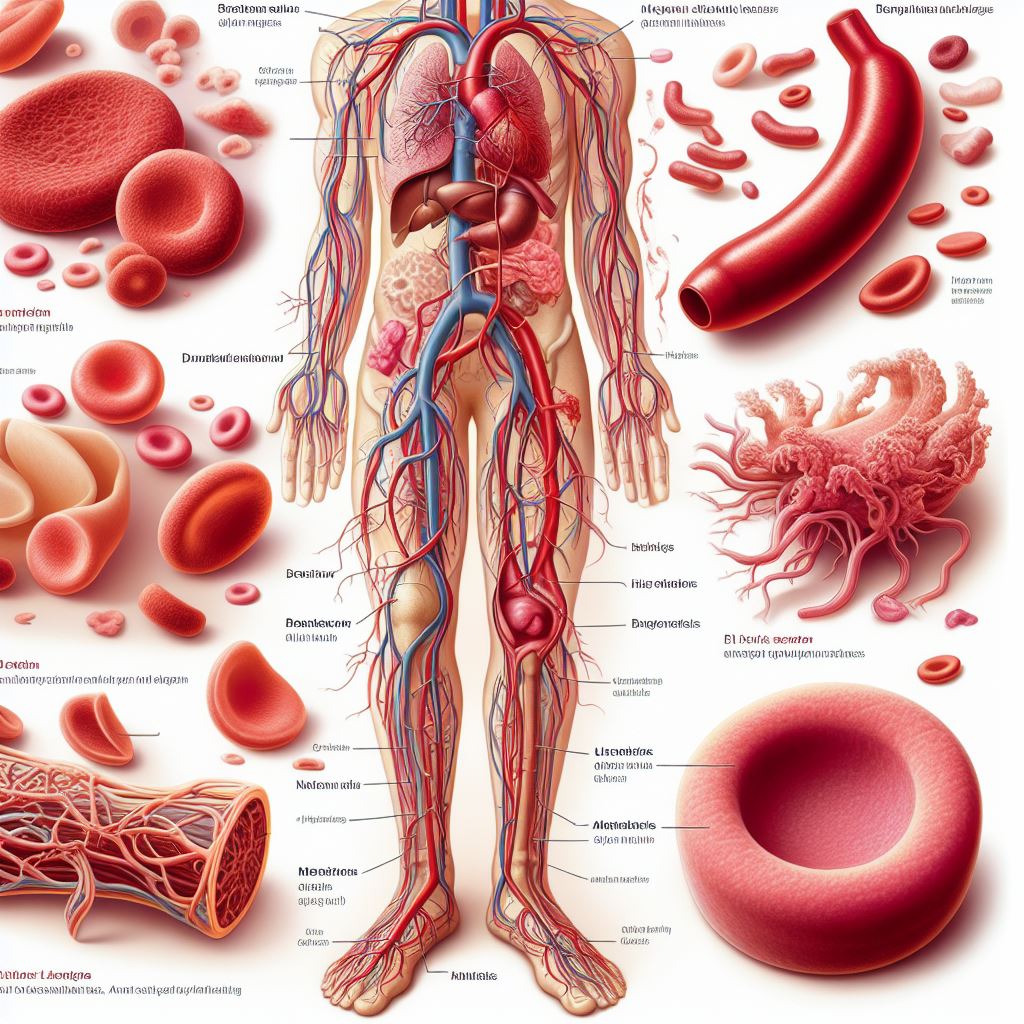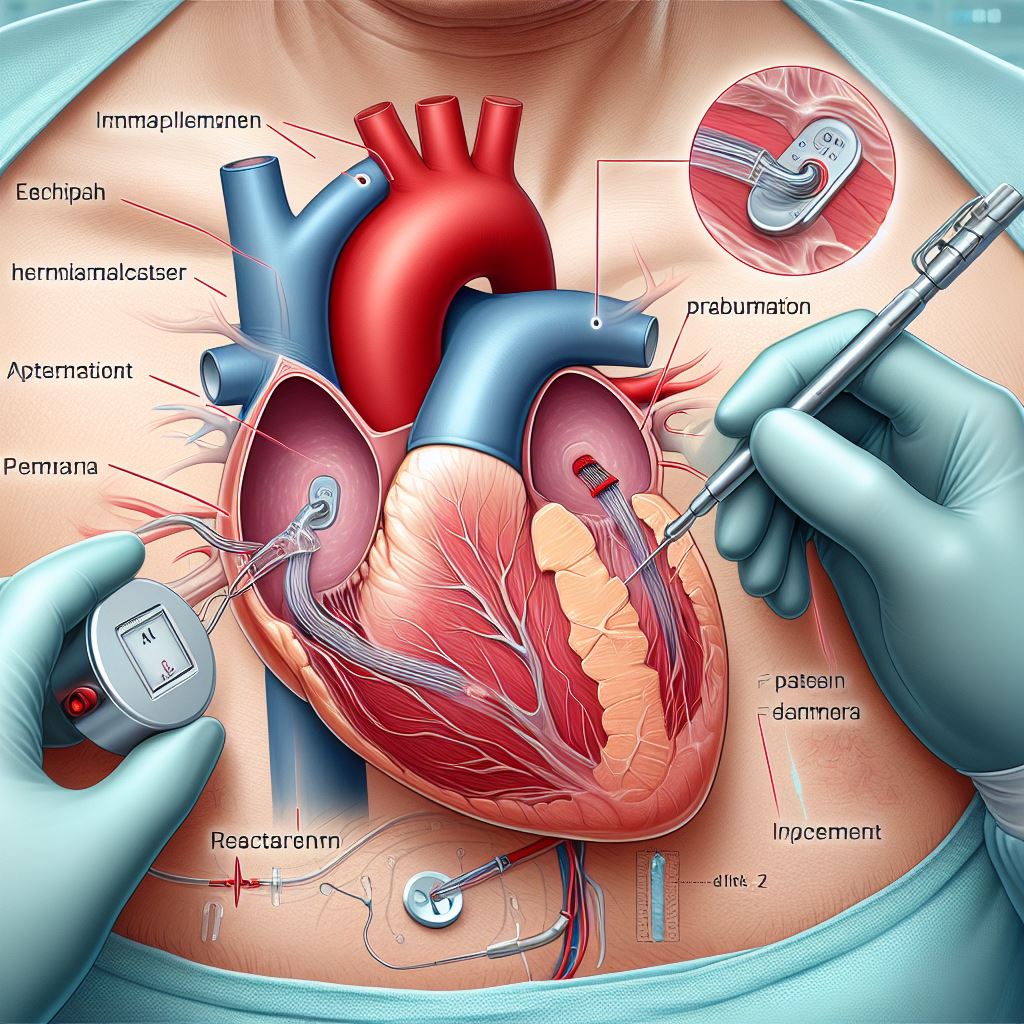
Permanent Pacemaker Implantation
Permanent Pacemaker Implantation
Overview
A permanent pacemaker is a sophisticated medical device designed to
regulate the rhythm of the heart. It is a small electronic device placed under
the skin, usually in the chest area, and connected to the heart with one or
more wires. This device produces electrical pulses to stimulate the heart
muscle, ensuring it beats at a normal and healthy rate.
Why It's Done
Permanent pacemaker implantation is recommended for individuals
experiencing specific heart rhythm issues, such as:
1. Bradycardia: A condition where the heart beats too slowly, potentially causing
fatigue, dizziness, or fainting.
2. Atrioventricular (AV) Block: This condition occurs when there is a delay or blockage in the
electrical signals between the heart's upper and lower chambers.
3. Sick Sinus Syndrome: A group of heart rhythm problems where the heart's natural pacemaker
functions inadequately, leading to irregular heartbeats.
By addressing these issues, permanent
pacemakers play a crucial role in restoring and maintaining a regular heart
rate, ensuring optimal cardiovascular function.
Risks
Like any medical procedure, permanent pacemaker implantation is
associated with certain risks, although complications are relatively rare. Some
potential risks include:
1. Infection: There is a small
risk of infection at the site where the pacemaker is implanted. This can
typically be managed with antibiotics.
2. Bleeding or Bruising: Minor bleeding or bruising may occur at the surgical site, but these
issues are usually temporary.
3. Allergic Reaction: While rare, some individuals may experience an allergic reaction to the
materials used in the pacemaker. However, modern pacemakers are designed with
materials that are well-tolerated by the body.
It's essential to discuss these
potential risks with your healthcare provider before the procedure to ensure
you are well-informed and prepared.
How You Prepare
Preparation for permanent pacemaker implantation involves several key
steps:
1. Medical Evaluation: Your healthcare team will conduct a thorough examination, review your
medical history, and perform necessary tests to assess your overall health and
determine the most appropriate pacemaker for your needs.
2. Medication Adjustments: If you are taking any medications, especially those affecting heart
function, your doctor may need to adjust the dosages or temporarily discontinue
certain medications before the procedure.
3. Fasting: In most cases,
patients are required to fast for a specific period before the surgery. This
helps minimize the risk of complications during the procedure.
Your healthcare team will provide
personalized instructions based on your specific health status, ensuring that
you are well-prepared both physically and mentally for the upcoming procedure.
During the Procedure
On the day of the permanent pacemaker implantation, you will be admitted
to the hospital, and the procedure will generally follow these steps:
1. Anesthesia: You will be given
a local anesthetic to numb the area where the pacemaker will be implanted. In
some cases, sedation may also be administered to help you relax.
2. Incision: A small incision,
typically a few inches long, will be made in the upper chest area.
3. Placement of Leads: Thin, insulated wires (leads) are threaded through blood vessels and
positioned in the heart. These leads are connected to the pacemaker device.
4. Implantation of Pacemaker: The pacemaker device, which is about the size of a small coin, is then
placed under the skin near the collarbone or in another suitable location. The
leads are attached to the pacemaker, creating a complete system.
5. Testing: The pacemaker and
leads are tested to ensure proper functioning and that they effectively
regulate the heart's rhythm.
6. Closing the Incision: Once the procedure is complete, the incision is closed with stitches or
surgical staples.
The entire process typically takes a
few hours, and most patients experience minimal discomfort during the
procedure.
After the Procedure
After permanent pacemaker implantation, the recovery process begins.
Here's what you can expect:
1. Hospital Stay: Most patients stay in the hospital for one or two days following the
procedure. During this time, medical staff will monitor your heart rhythm and
overall well-being.
2. Pain Management: You may experience some pain or discomfort at the incision site. Your healthcare
team will provide pain management strategies to ensure your comfort.
3. Activity Restrictions: For the first few weeks, it's essential to avoid activities that
involve raising your arm on the side of the pacemaker, as well as heavy
lifting. This helps prevent strain on the incision site and ensures proper
healing.
4. Follow-Up Appointments: Regular follow-up appointments with your cardiologist are crucial.
These appointments allow your healthcare team to check the pacemaker settings,
monitor your overall health, and address any concerns or questions you may
have.
Results
The results of permanent pacemaker implantation are often transformative
for individuals with heart rhythm disorders. Patients commonly experience:
1. Improved Heart Function: The pacemaker ensures a consistent and appropriate heart rate,
addressing symptoms associated with bradycardia or other rhythm issues.
2. Increased Energy Levels: With a regulated and healthier heart rhythm, many patients report a
significant increase in energy and stamina.
3. Reduced Risk of Complications: Pacemakers contribute to a decreased risk of complications related to
irregular heartbeats, such as fainting or dizziness.
It's important to note that
individual experiences may vary, and the extent of improvement depends on the
specific heart condition being addressed.
Lifestyle Considerations
Living with a permanent pacemaker involves some adjustments to your
lifestyle. However, modern pacemakers are designed to be versatile and
accommodate various daily activities. Here are some considerations:
1. Electromagnetic Interference: While most household and electronic devices are safe to use, it's
advisable to maintain a safe distance from powerful electromagnetic fields,
such as those produced by MRI machines and certain industrial equipment.
2. Physical Activity: In general, individuals with pacemakers are encouraged to engage in
regular physical activity. Your healthcare provider will provide guidance on
the types and intensity of exercises that are safe for you.
3. Follow-Up Care: Regular follow-up appointments are essential to monitor the pacemaker's
function, adjust settings if necessary, and address any emerging issues.




